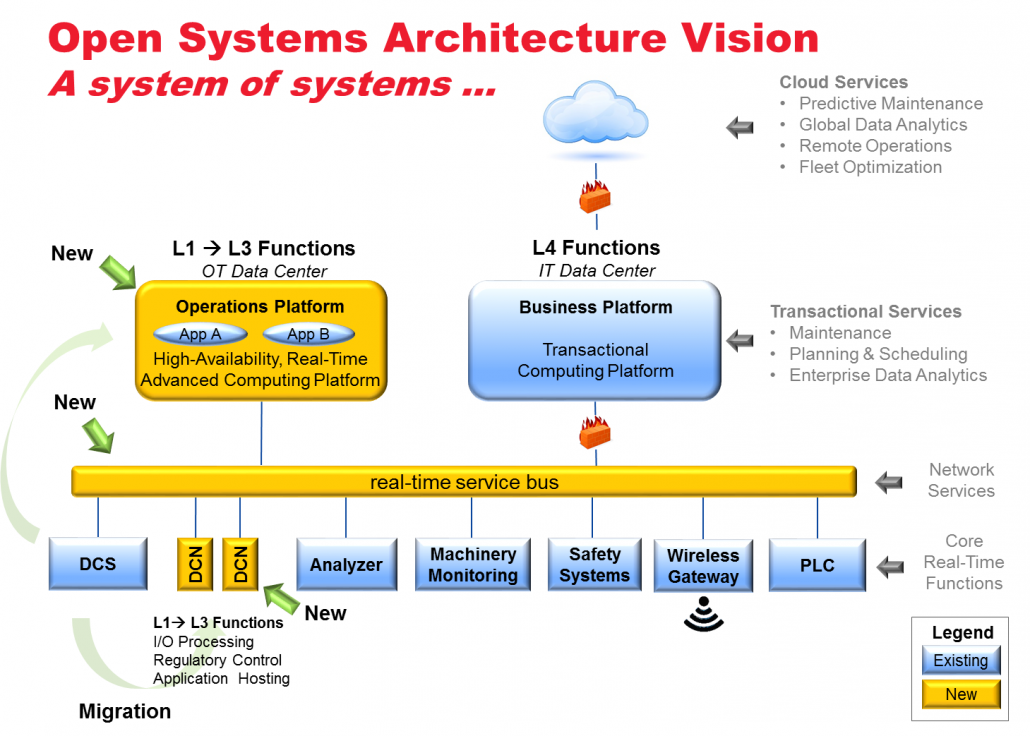IIoT to Animate the Embedded Systems Industry
It’s certainly a nice fit. We would expect the growth of the Internet of Things to have a positive impact on the embedded systems industry. With the billions of connected devices envisioned, it’s hardly surprising that the amount of computing to be embedded in the “Things” of the IoT would increase. Perhaps not so obvious is that the Industrial IoT promises to generate a growing percentage of that increase.
After attending the Embedded Systems Conference (ESC) in Boston last month, industry expert and ARC Advisory team member Dick Slansky noted in his recent blog, Embedded Systems Industry Focuses on IIoT as the Future of Manufacturing, that “there appeared to be consensus that IoT and the entire notion of smart connected ecosystems was going to drive an industry revival for embedded systems.”
This sentiment echoes a recent study by IC Insights, Internet of Things Boosts Embedded Systems Growth, which states that the “Industrial” share of the $3.9B IoT market in 2014 is forecast to rise from an estimated 29% to 36% of the anticipated $11.5B IoT market in 2018. Doing the math, that’s a jump from $1.13B to $4.14B in the dollar amount for the Industrial IoT, an almost four-fold increase over four years.
What is behind this?
Summing up Slansky’s analysis, he says that the new, smart factory will rely on smart devices—embedded systems connected to the IIoT. This in itself will give a boost to the embedded systems industry. Yet the area expected to demand even more embedded systems development is edge computing—the moving of computing resources from the mainframes and PCs in a control room or central office to the sensor and device level, eliminating network traffic and cutting processing time. “Embedded intelligence at the source will become the norm,” said Slansky.
We have talked about edge computing previously, and discussed how the Skkynet Embedded Toolkit (ETK) supports it with a full-featured, built-in scripting language. Adding that capability to secure, bidirectional, connectivity to SkkyHub and DataHub, the ETK smoothly integrates real-time edge computing with the Industrial IoT, for a number of embedded platforms and devices. For example:
- It is a Verified Software Add-on for Renesas Synergy, meaning that any network enabled device built on the Renesas Synergy platform can connect, just by adding Skkynet to the application build.
- It is available as an install package for Red Lion Sixnet® series RAM® cellular RTUs or IndustrialPro® cellular routers, supporting connections to SkkyHub and DataHub.
- It runs on B+B Spectre 4G LTE cellular / wi-fi router, from B+B SmartWorx, NetComm’s NTC-6200 series of gateways, and the Systech® SysLINK™ M2M Gateway.
- It has been tested on Raspberry Pi, Arduino, GR-SAKURA, mbed, Lantronix Xport, WiPort, and MatchPort, and a number of other devices.



